territory
pienza
“Born from a dream of love and a thought of beauty”
(Giovanni Pascoli)
The history of Pienza is closely linked to its founder: Pope Pius II, born Enea Silvio Piccolomini. A refined humanist and distinguished scholar, he first embarked on a diplomatic career and then moved on to the ecclesiastical one and, having become Pope, he wanted a city to rise in the place of his birth, an expression of his thought and whose name would recall his papacy. Piccolomini didn’t want just any city but an urban center consistent with the humanist thought that was gaining momentum in those decades; he made sure that famous architects and avant-garde artists worked on a project in which the constructive and philosophical canons of an age that would amaze the world were implicit: the Italian Renaissance. In just three years, from 1459 to 1462, Pienza arose, the city of the Author, the Ideal city, the Utopian city.
Between val d'orcia and
val di chiana
“The Tuscan countryside. Pure enchantment, clear colors and clear outlines. And somewhere a hamlet in the hills that makes your eyes sparkle.”
(Fabrizio Cramagna)
We are right between two beautiful territories with great landscape value. The Val d’Orcia crossed by the river Orcia, a splendid region which is today a protected park, recognized as a World Heritage Site by UNESCO since 2004. And the Val di Chiana, a wide valley of alluvial origin between the provinces of Arezzo and Siena in Tuscany, and between those of Perugia and Terni in Umbria and Lazio, with hills dotted with cypresses, expanses of olive trees, wheat fields and villages that have remained intact over time.
val d'orcia
world Heritage
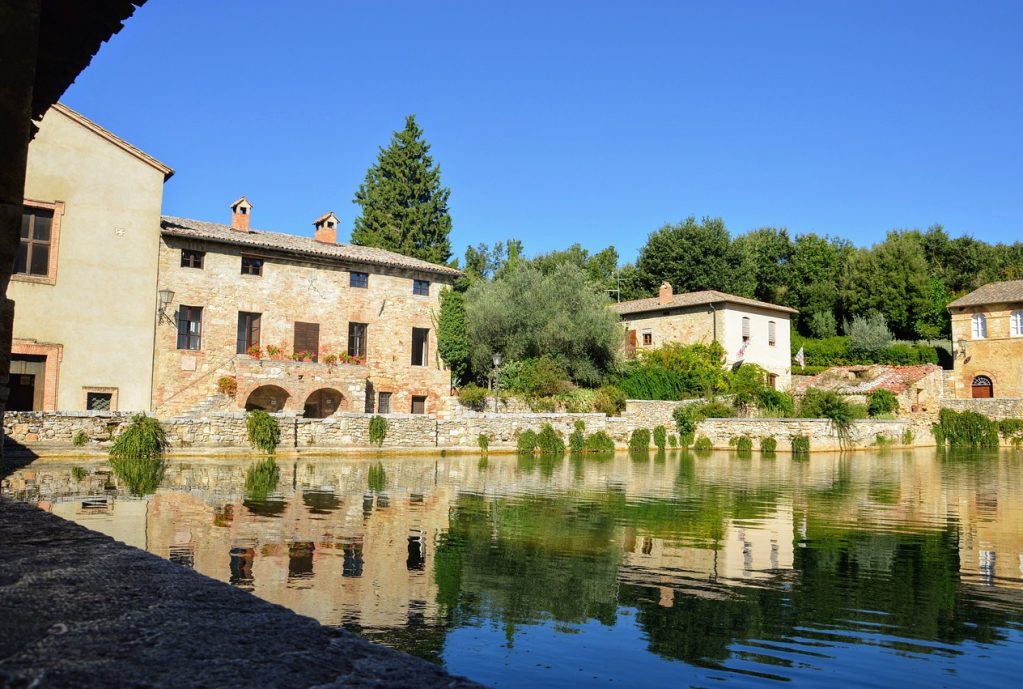
Bagno Vignoni
Thermal village with archaeological excavations and Parc of Mills.
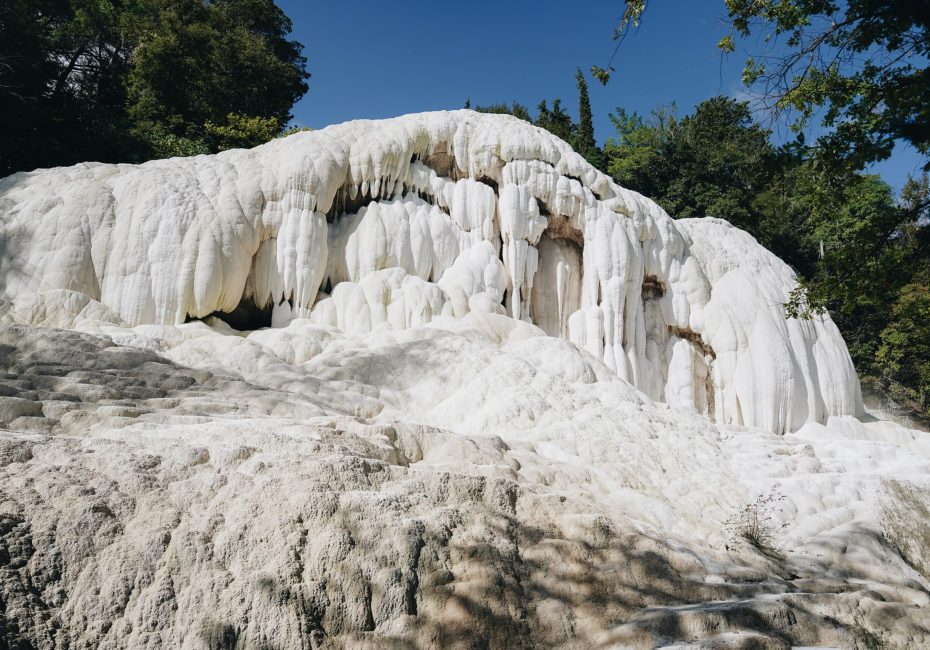
Bagni San Filippo
The thermal waters of Mount Amiata flow into the hot river, with the White Whale attraction.
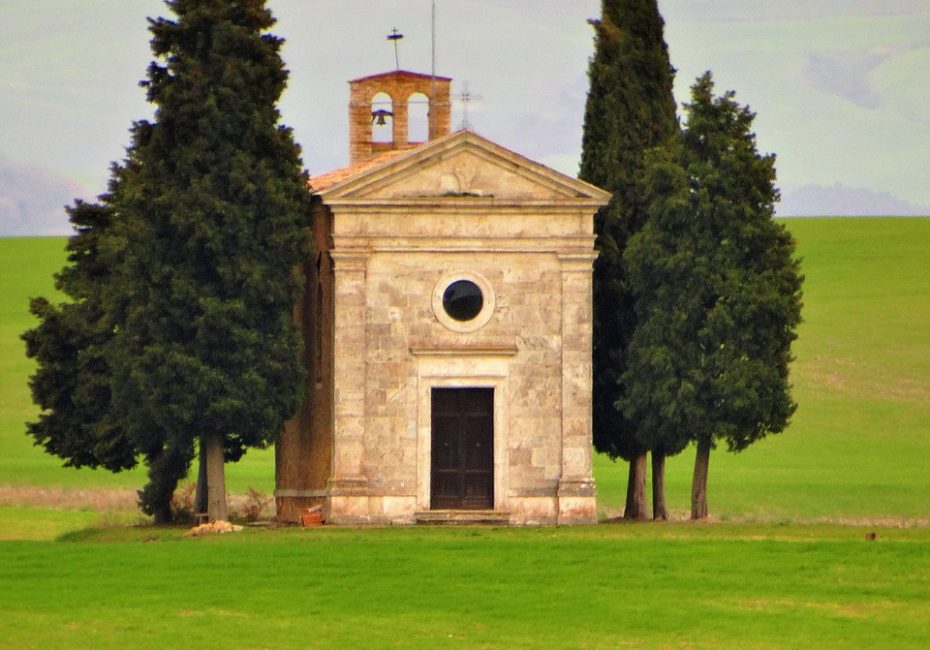
Chapel of Vitaleta
The Chapel of the Madonna di Vitaleta is a small, very suggestive place of worship in the hills of the Val d’Orcia.
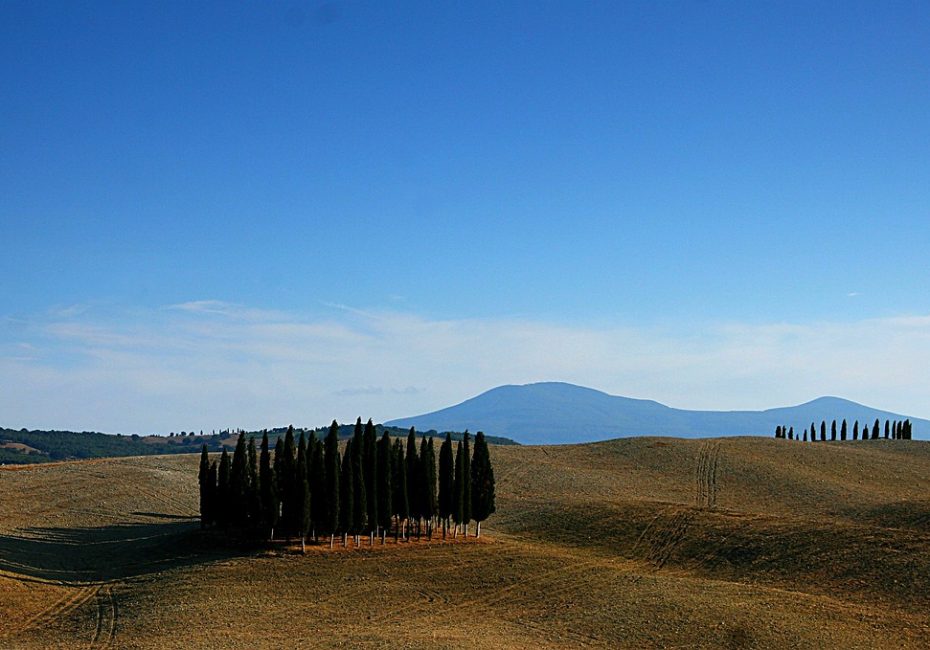
Cypresses of the Val d'Orcia
Close to the village of San Quirico, an unforgettable place for souvenir photos.
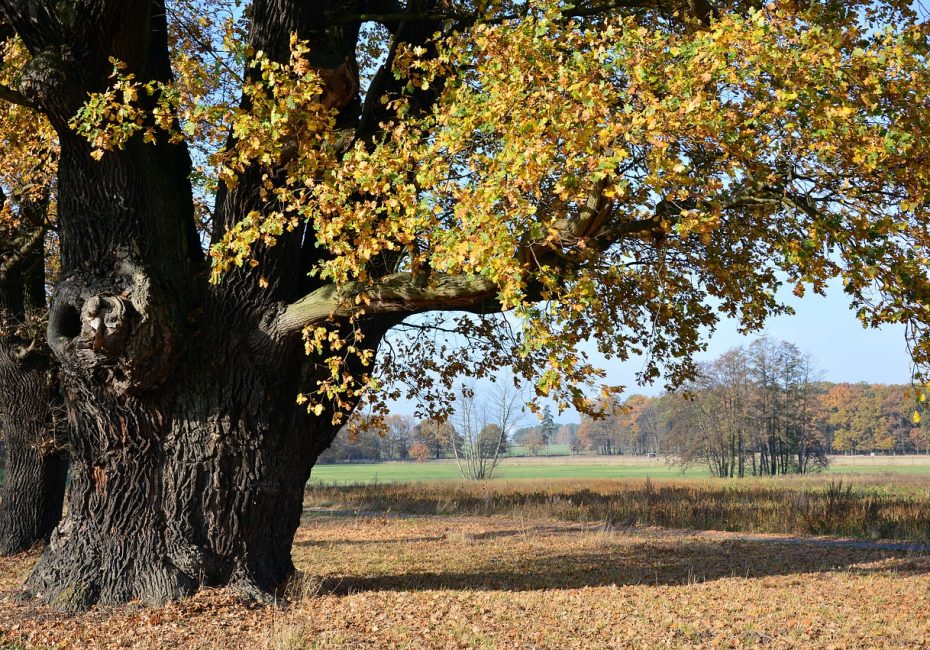
Checche oak
Centuries-old tree, witness of rural life and ancient traditions.
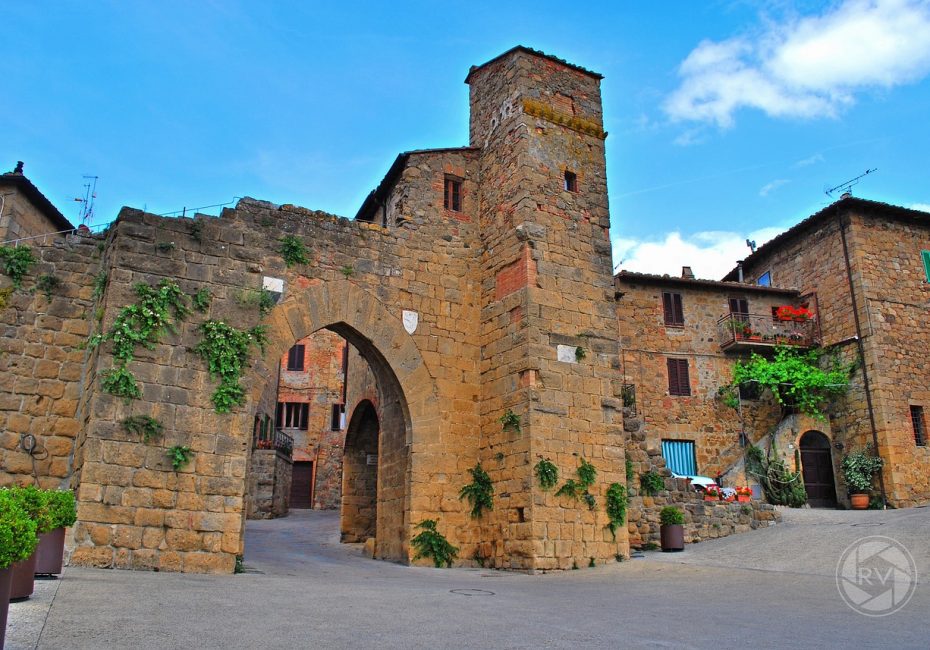
Monticchiello
A small medieval village with a keep and walls still intact.
val di chiana
fertile land, populated by charming villages
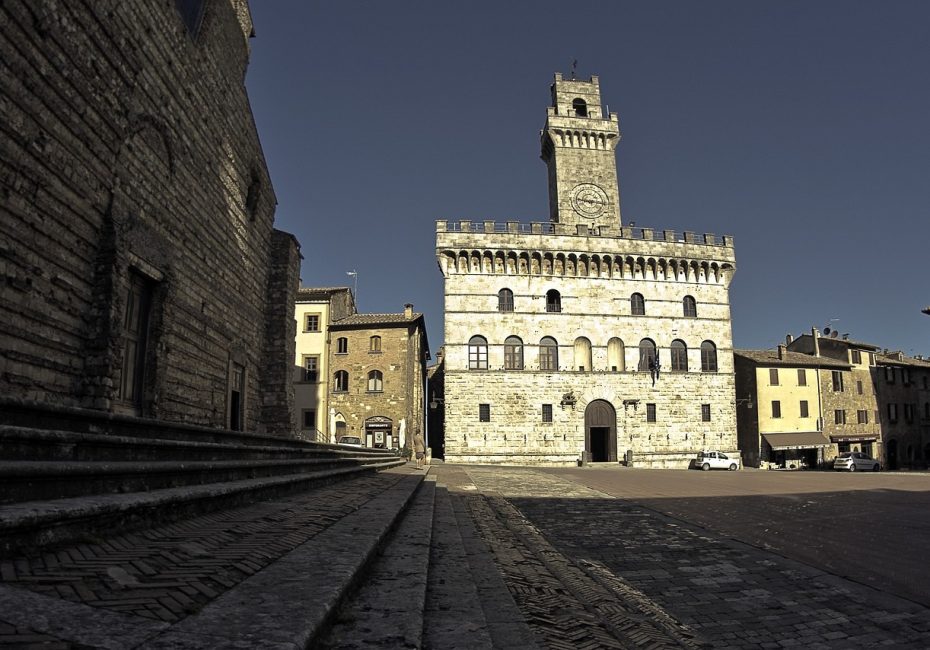
Montepulciano
A treasure chest of the Renaissance that unfolds along the crest of a hill.
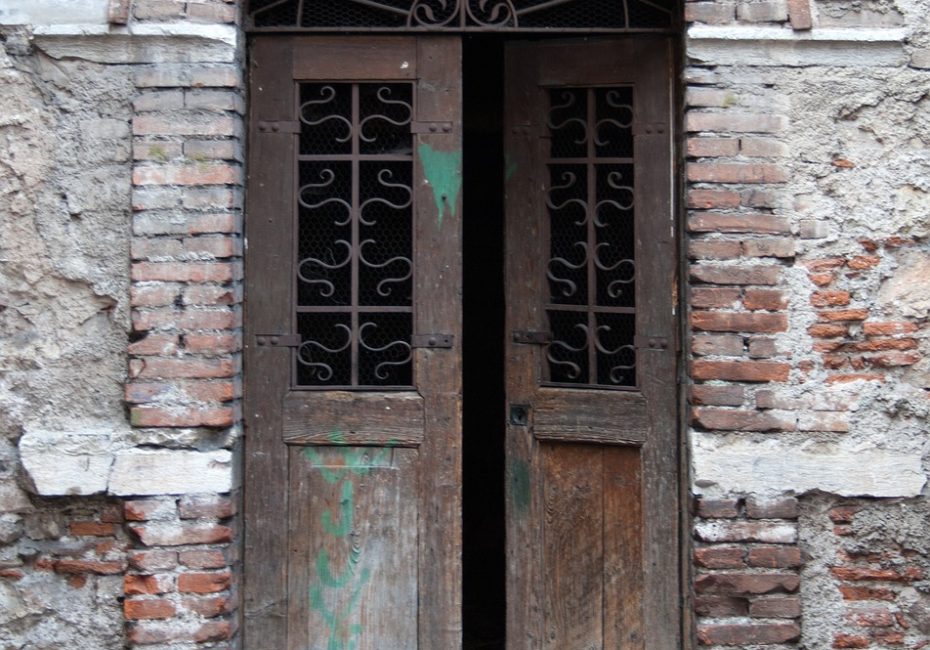
Montefollonico
Suggestive stone village located on the top of a hill, between the Val di Chiana and the Val d’Orcia.
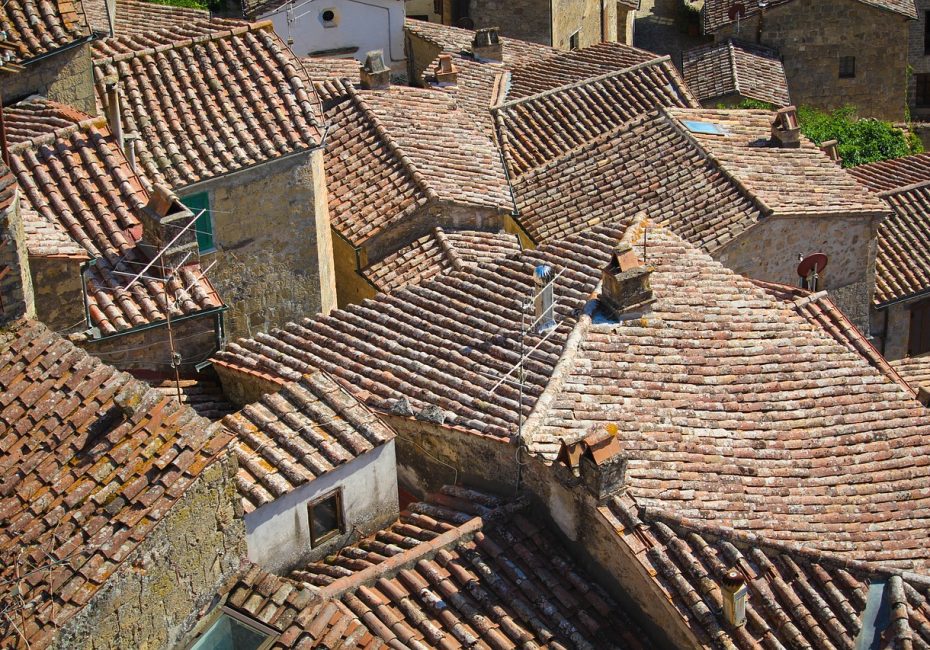
Torrita di Siena
Its appearance reveals the history of a walled village, built as a defensive bulwark for the Republic of Siena.

Path of Reclamation
The cycle/pedestrian path of the Canale Maestro della Chiana connects Arezzo with Chiusi.
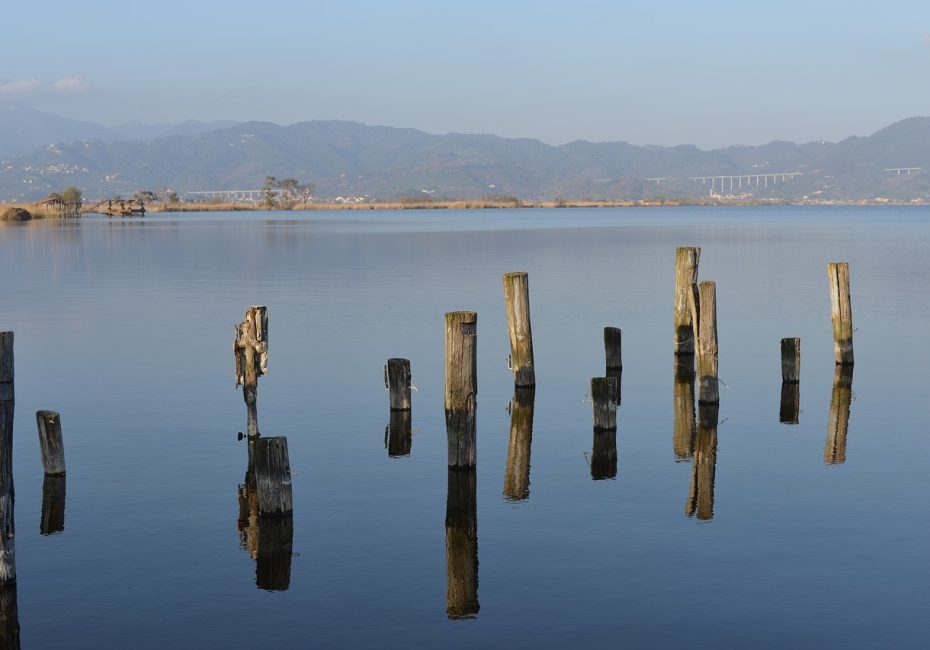
Montepulciano Lake
Located downstream from the locality of the same name, it hosts a nature reserve with native species.
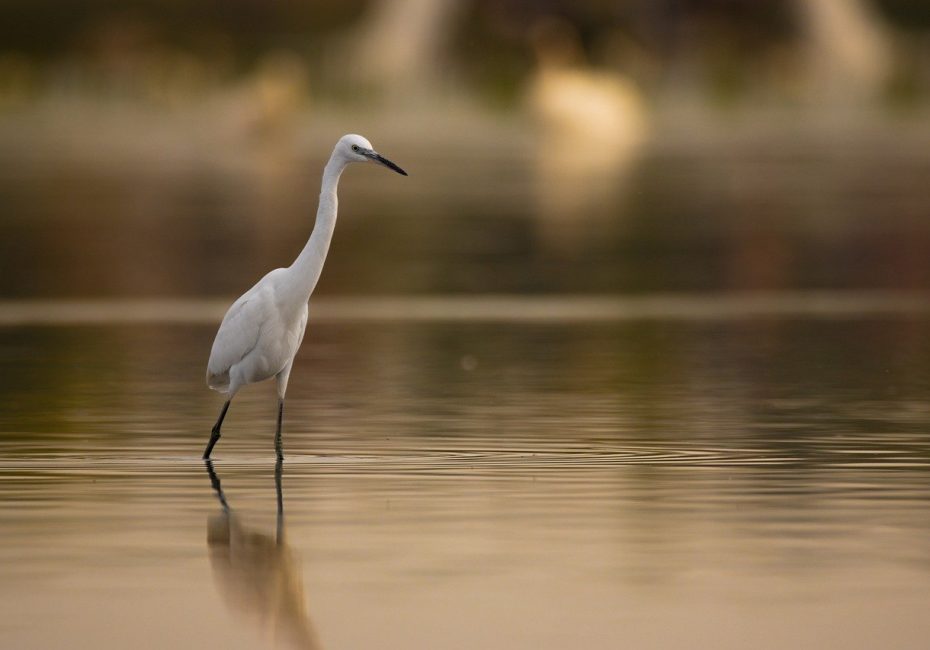
Chiusi Lake
The second largest lake basin in Tuscany, with numerous tourist attractions.
